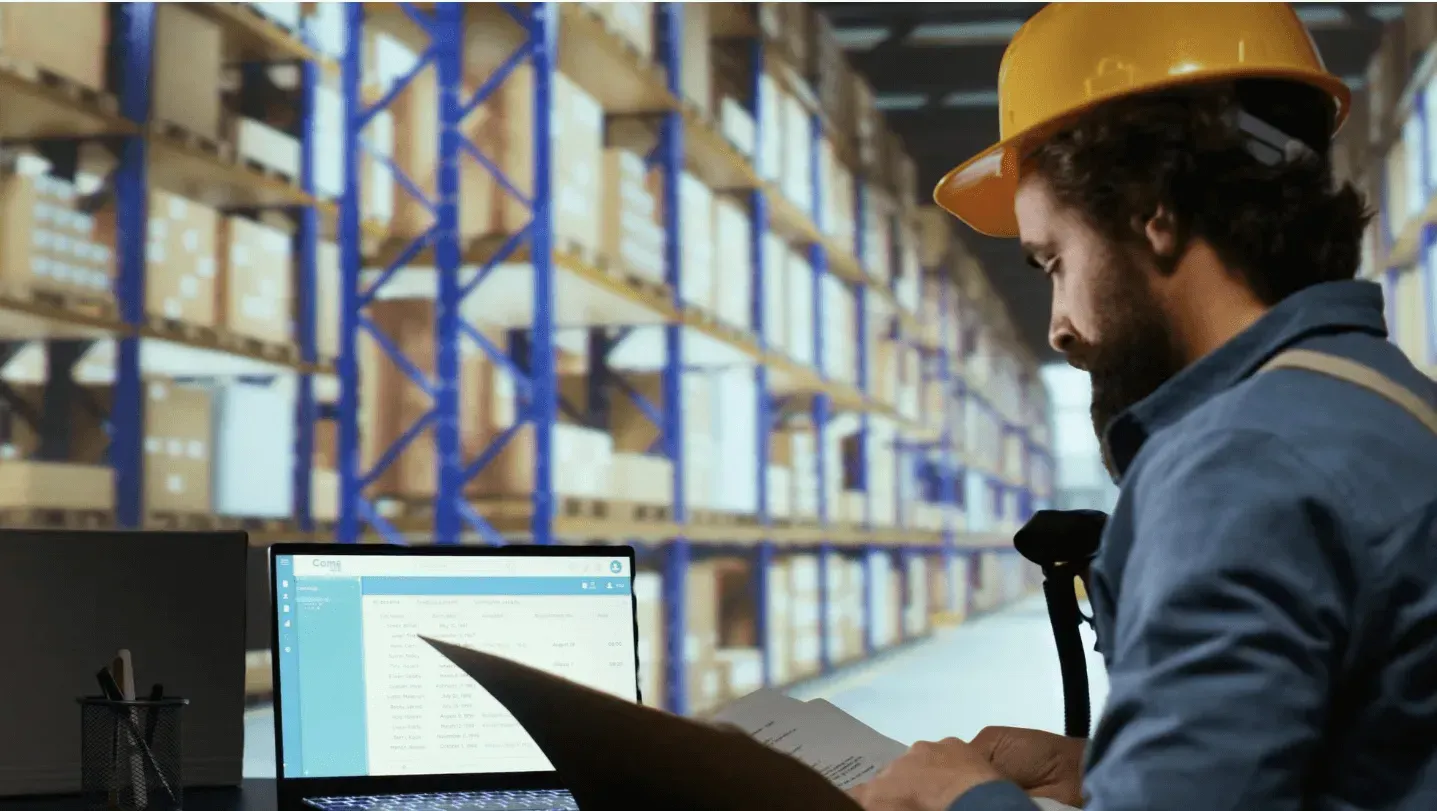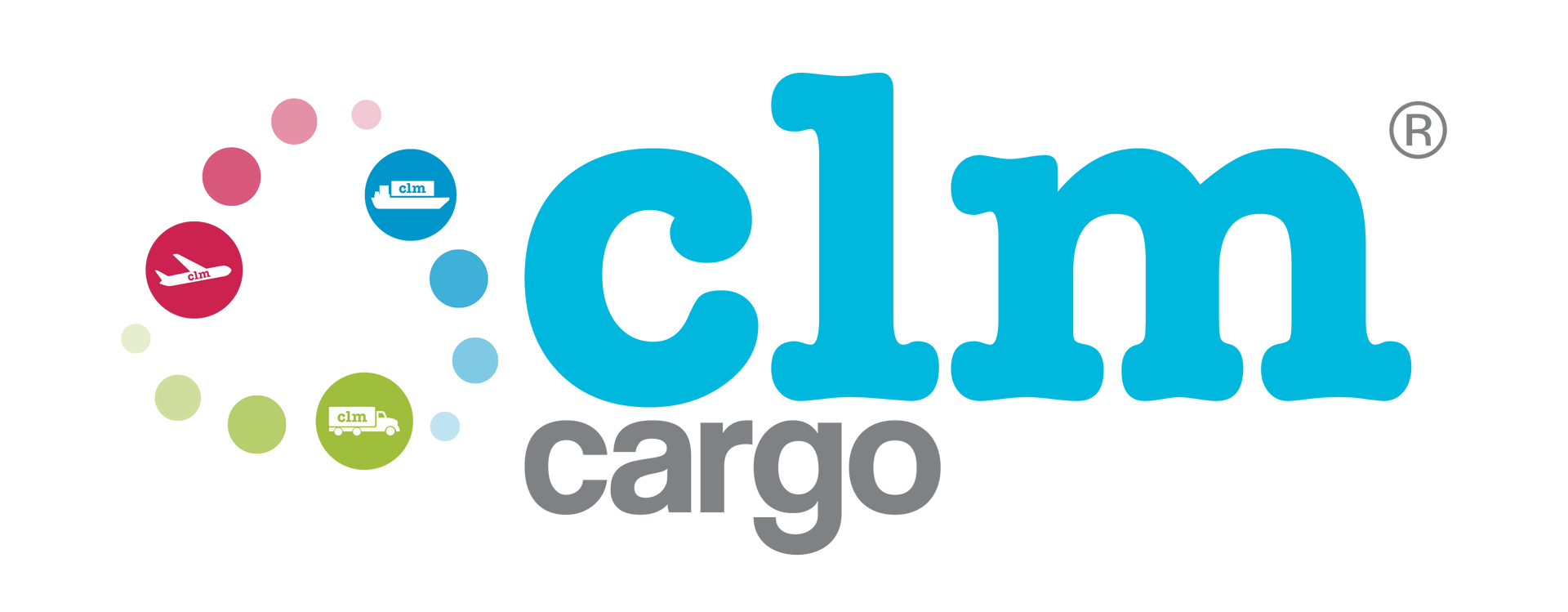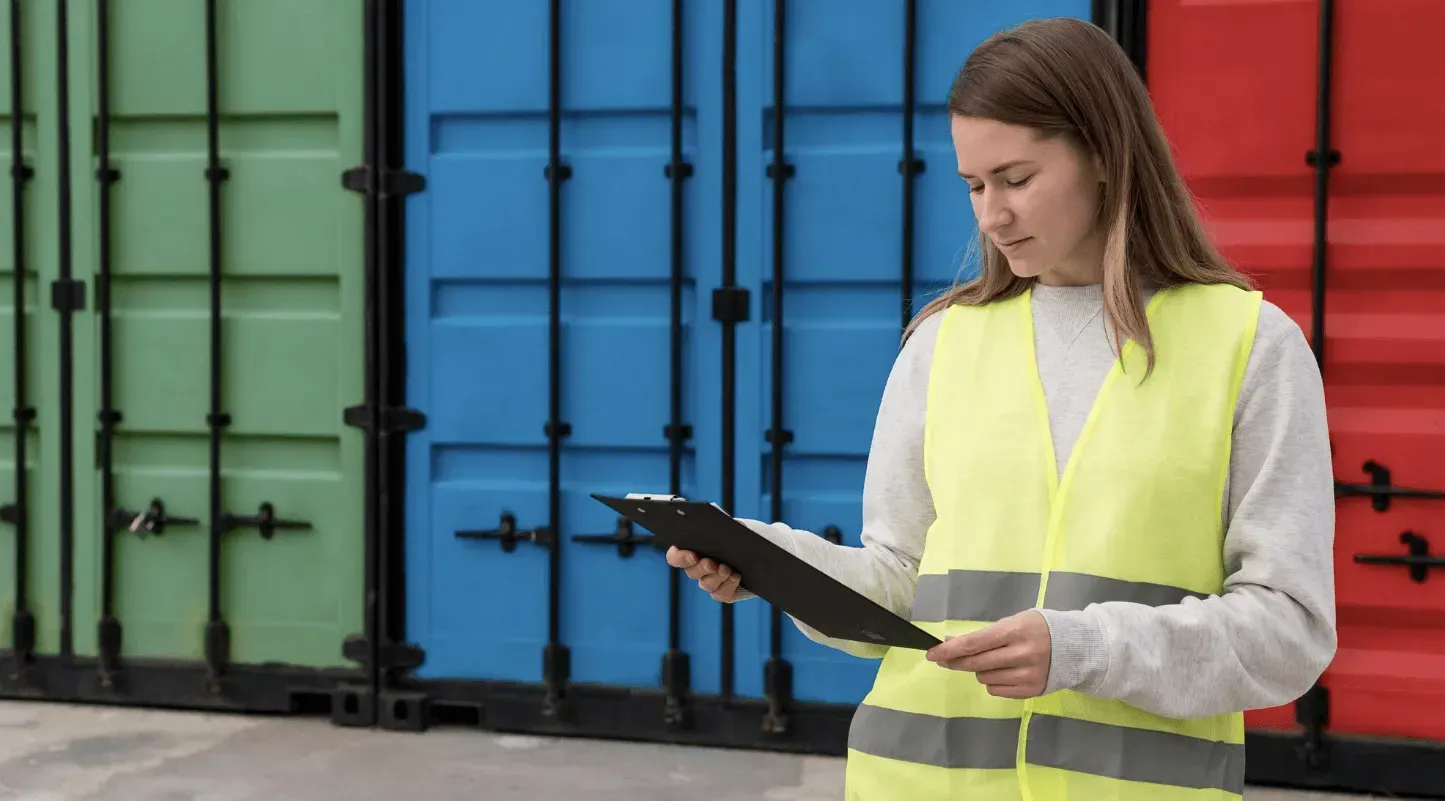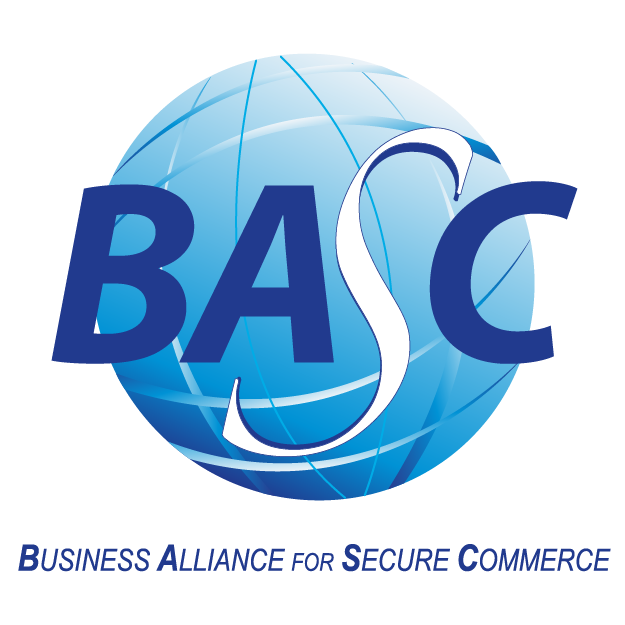Tariff Classification: A Key Component in International Trade
Tariff classification is fundamental to international trade. This process assigns specific codes to products, enabling the determination of applicable taxes and regulations when importing or exporting goods. Proper implementation is crucial to facilitate trade and ensure regulatory compliance. In Colombia, a structured system based on the Harmonized System (HS) guides this process.
Importance of Tariff Classification
The importance of tariff classification lies in its direct impact on international trade. This process not only ensures accurate product identification but also affects multiple economic and regulatory aspects.
Determination of Taxes
One of the most significant functions of tariff classification is tax assessment. Each product, based on its tariff code, is subject to specific duties. This is essential to:
- Calculate the costs importers and exporters must bear.
- Identify tariff benefits available through trade agreements.
Regulatory Compliance
Proper classification allows companies to comply with current regulations, including obtaining required permits and meeting both local and international standards. Accurate identification helps:
- Avoid penalties or customs issues.
- Ensure products are legally imported into the country.
Access to International Markets
Accurate product coding facilitates access to new markets. Each country has its own set of regulations. A precise tariff classification can help:
- Overcome trade barriers.
- Maximize international business opportunities.
Structure of the Harmonized System
The Harmonized System (HS) is a set of rules and guidelines for the standardized classification of goods. Understanding it is essential for the smooth operation of international trade.
Sections, Chapters, and Headings
The Harmonized System is organized into hierarchical levels to aid in product identification. The main categories include:
- Sections: Broad categories grouping products by general nature.
- Chapters: Subdivisions within each section for more specific organization.
- Headings (4-digit codes): Detailed classifications to precisely identify products.
General Interpretative Rules
The Six General Interpretative Rules are mandatory guidelines used to correctly classify goods. They ensure consistent application of classification criteria across countries.
Subheadings and Further Detail
Subheadings provide even more detailed classifications, often up to ten digits. This allows countries to adapt the system to national needs while maintaining international consistency.
The Tariff Classification Process
The goods classification process is fundamental in international commerce. It ensures products are assigned the correct tariff categories, enabling proper customs handling.
Product Identification
The first step is to determine the specific characteristics of the product to be classified. It is crucial to understand its composition, functions, and end uses for accurate and effective classification.
Characteristics and Usage
Classification depends on several key factors:
- Material composition and structure
- Purpose and functionality
- Applicable usage regulations

Use of Electronic Tools
Digital tools play a crucial role in the classification process. They make it easier to access necessary information and enable a more agile and accurate classification.
Electronic Tariff System
The Electronic Tariff provides users with a comprehensive database of classifications and applicable duties. Its use simplifies the search and comparison of tariff codes.
MUISCA Online Services
This service complements the Electronic Tariff by offering additional assistance and resources to improve understanding of the tariff system. It also facilitates interaction with the relevant customs authorities.
Tariff Classification in Colombia
Tariff classification in Colombia is a key element in commercial transactions. The country adheres to a regulatory framework that governs this process and facilitates international trade.
National Regulations and DIAN
Colombia’s tariff classification is regulated by the National Directorate of Taxes and Customs (DIAN). This authority defines the criteria and procedures required for the classification of goods. The General Interpretative Rules of the Harmonized System are applied and adapted to local legislation.
Differences with Other Countries
Compared to other nations, Colombia may present variations in tariff code assignment due to factors such as trade agreements and domestic policy. Notable differences include:
- Specific headings not recognized in other classification systems
- Tariff adjustments based on international treaties
- Customs regulations determining the treatment of certain products
It is crucial that businesses understand these differences to avoid complications in international trade.
Practical Examples of Tariff Classification
Understanding tariff classification becomes easier with practical examples that demonstrate its real-world application. Below is a case study and recommendations for useful documentation.
Case Study: Electric Machines
A clear example is the classification of electric machines. These products have their own subheading and are subject to specific duties based on type and use.
For instance, an electric motor may be classified under code 8501. This classification helps determine both the applicable tariff and the regulatory requirements for import or export.
Recommended Documentation and PDFs
Access to proper documentation is essential for facilitating the classification process. Useful resources include:
- DIAN guides on tariff classifications
- World Customs Organization (WCO) Harmonized System manuals
- Documents with updates on legal requirements and duty rates
These materials provide a solid foundation for understanding the regulations and ensuring accurate product classification.
Additional Resources and Tools
Having access to reliable resources and tools makes it easier to achieve accurate tariff classification. There are many options offering valuable information and support for importers and exporters.
Professional Consulting
Seeking advice from foreign trade experts is vital. These professionals offer tailored analysis and help ensure that every product is correctly classified. Support may include:
- Guidance on customs regulations
- Documentation requirements
- Process optimization strategies
Available Guides and Manuals
A variety of guides and manuals on tariff classification are available to help users understand the regulations. These publications offer details on:
- Classification procedures
- Specific regulations by product category
- Practical examples illustrating the process
Consulting these resources strengthens understanding and helps ensure effective compliance with trade regulations.







